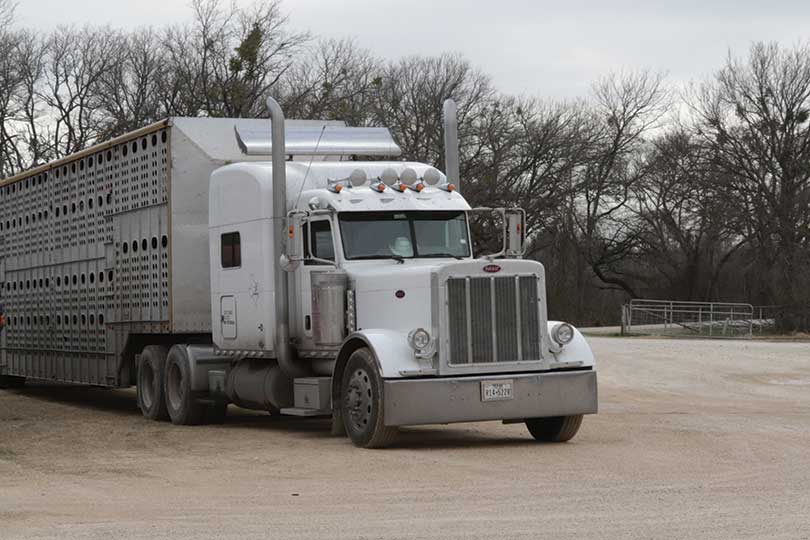By Jessica Domel
Multimedia Reporter
Time is running out to weigh in on federal hours of service (HOS) regulations that affect drivers moving agricultural commodities across the nation.
The deadline to comment on the Federal Motor Carriers Safety Administration (FMCSA) Advance Notice of Proposed Rulemaking (ANPRM) has been extended to Wednesday, Oct. 10.
“It’s a decision point type of publication by the agency where we ask for information for the industry about certain proposals, in this case hours of service,” Joe DeLorenzo, director of FMCSA’s office of Compliance and Enforcement, said in an interview with the Texas Farm Bureau (TFB) Radio Network. “We ask the industry to send us, not only their thoughts about their proposals, but also some data and other information that’s available to help support those proposals or support their opinion on those proposals.”
FMCSA will use the comments and information submitted through www.regulations.gov/ to decide whether to move forward with the rule making process.
The ANPRM addresses four different HOS-related issues.
The first is a 30-minute break requirement.
“The second thing is the short haul exemption. We ask them questions whether it would be useful to extend the time allowed for operating short haul from 12 to 14 hours,” DeLorenzo said. “That possibly could effect a lot of industries, including livestock, that are taking advantage of that, because that is an exception to the record keeping requirements. So that would mean more people are exempted from having an ELD (electronic logging device).”
The third issue is adverse driving conditions. Current rules allow two additional hours of driving time if there is heavy traffic or bad weather along the route.
The fourth issue involves splitting up a required 10-hour break for drivers.
“We’ve had some different proposals come into the agency about maybe looking back at being able to split up that time off into two or more periods because that will allow the driver some additional flexibility,” DeLorenzo said. “In the case of traffic, we hear, ‘We get to a certain city, and we want to lay over for three or four hours, let the traffic clear and then move on.’”
The 10-hour break requirement has garnered attention from livestock raisers, produce growers and haulers of agricultural commodities in general.
“These regulations touch all of agriculture,” Tracy Tomascik, TFB associate director of Commodity and Regulatory Activities, said. “It’s easy to see that livestock are negatively affected if a truck has to stop midway through its trip loaded with cattle or hogs. Perishable commodities like fruits and vegetables can be lost, as well. We want safe regulations that are flexible enough to keep farmers and ranchers in business.”
DeLorenzo encourages people who are, or could be, impacted by HOS regulations to weigh in with comments that can help FMCSA in its decision making process.
“Tell us why it’s difficult, how is it hard to comply and what the suggestion is moving forward,” DeLorenzo said.
If you have data, or examples, include those in comments.
Drivers who are using ELDs are encouraged also to submit information.
“I don’t want them to send me all their ELD information, but say, ‘Here’s the scenario that we’re running to. Once or twice a week, my truck has this issue where if we were able to split it up, it would allow us to be just as safe as we were because we’re still getting good rest, but also allow us a little bit of flexibility within the rules,’” DeLorenzo said.
The ANPRM is available here.
Comments may be submitted before the Oct. 10 deadline here.

